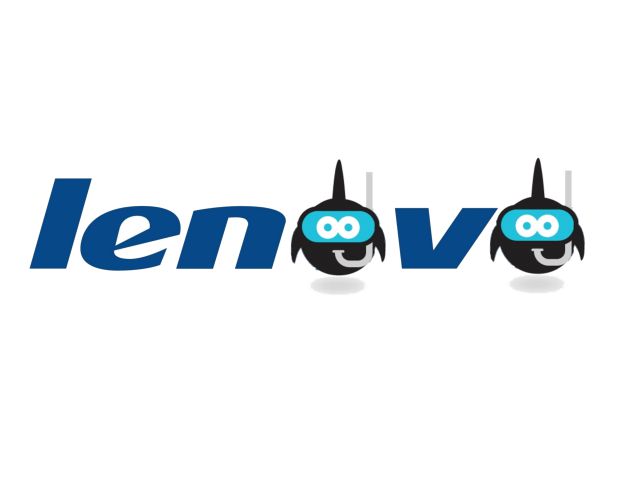Adware can easily infect any pc nowadays. Superfish, for example, the adware that was pre-loaded on Lenovo pc’s, is a good example in this respect but it is not singular. Google and a few universities from California, Santa Barbara and Berkley made a research about how this somehow considered malware acts like, across the Google network.
All of these software industry leaders gathered and tracked visitors to Google websites from June to October 2014. A high percent from these visitors, 5.5%. proved to represent some sort of injected ads. Millions of users, of unique IP’s, were indeed some forms of adware. Most of this percent was held by Superfish, followed at little distance by Jollywallet.
According to reasearcher Kurt Thomas, these adware software manage their relationships by holding a complex ad network and shopping programs. These adware networks have a sneaky behavior because they win money when users click the ads or when buying them. Everything is caused by a click chain, for example when someone searches a query for android. Superfish offered a list of embeddable advertisements, like a Best Buy offer. The research team accepted the trap and clicked the ad. That one started a redirect chain, through a lot of intermediaries. In the end, it stopped to the advertised Best Buy web page.
What the team observed from this unwanted adware behavior, was the fact that the adware creators, like Superfish, use this as another opportunity for winning an extra profit. Superfish overloaded BestBuy.com with rogue ads, although they have already been paid by the superstore to deliver traffic. Thomas said he hopes that the online advertising industry players will join their knowledge and work together to fight against this practice.
 Tech Gadget Central Latest Tech News and Reviews
Tech Gadget Central Latest Tech News and Reviews




